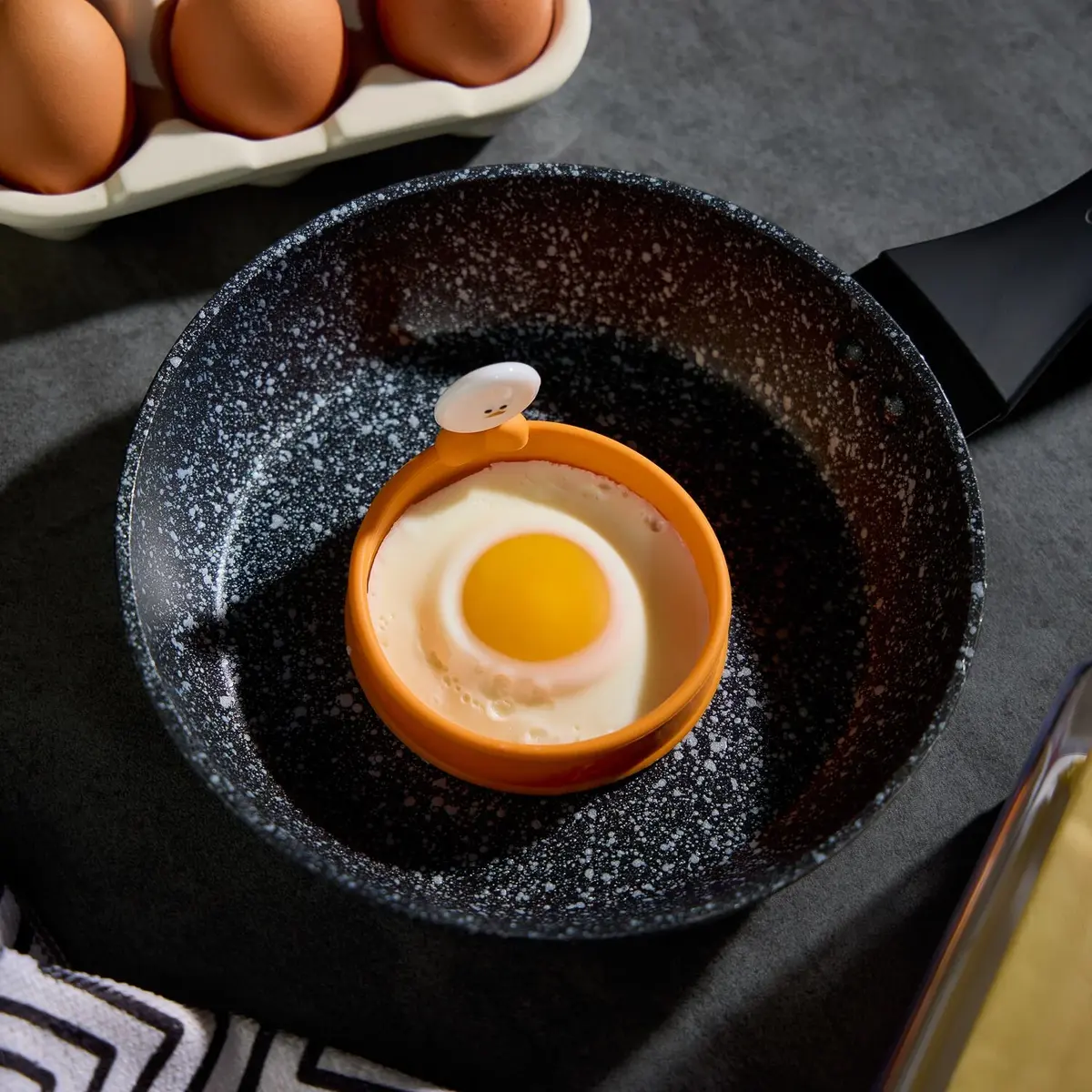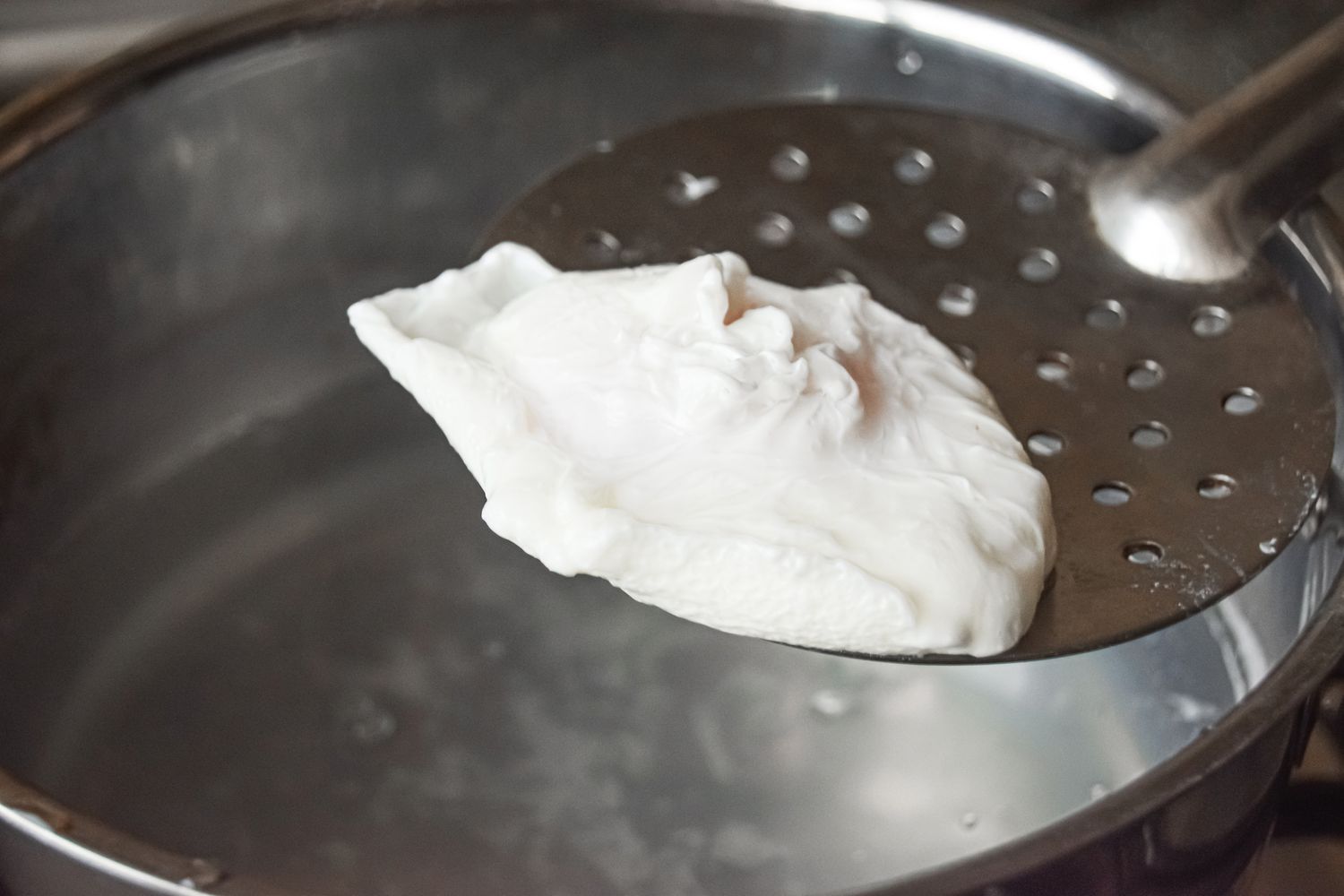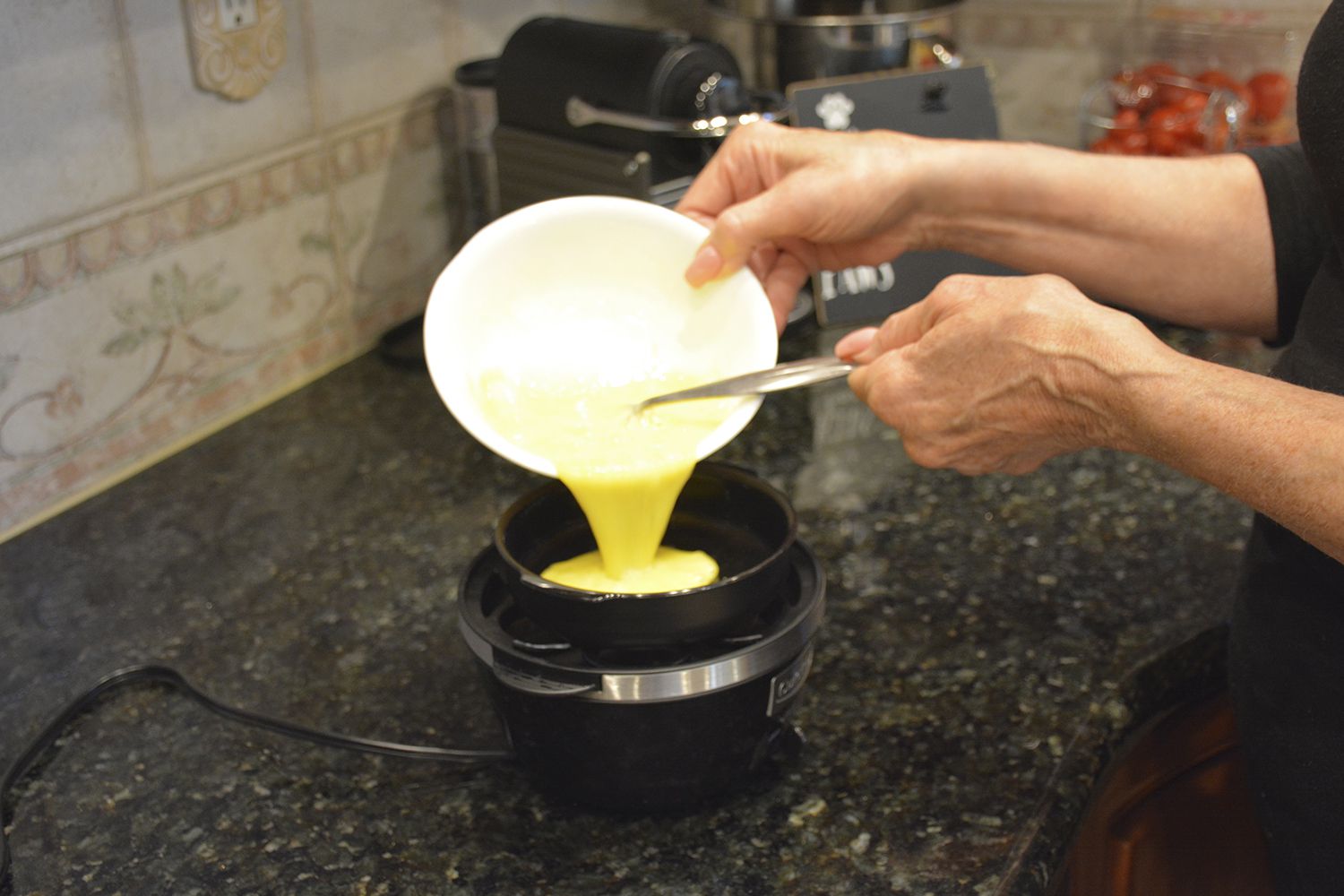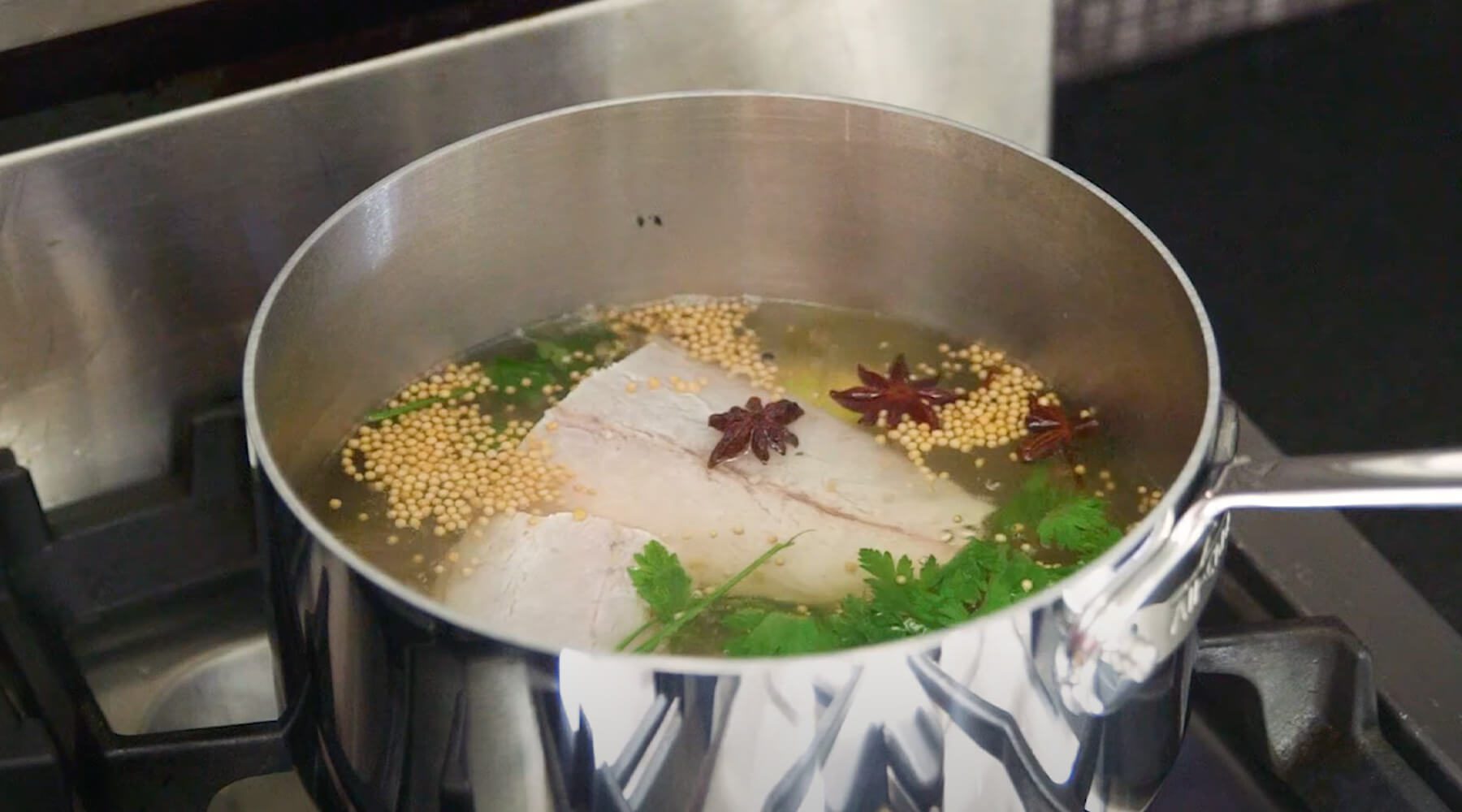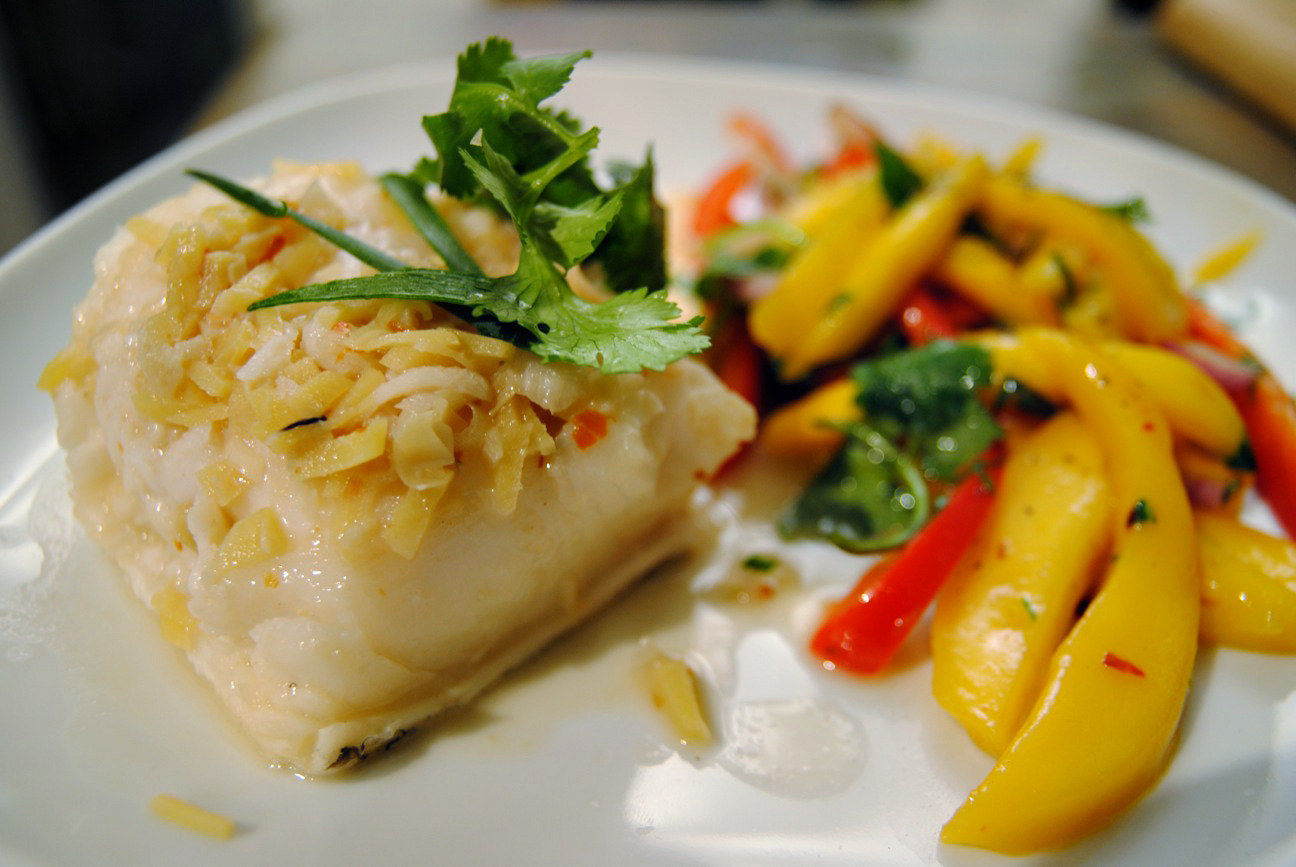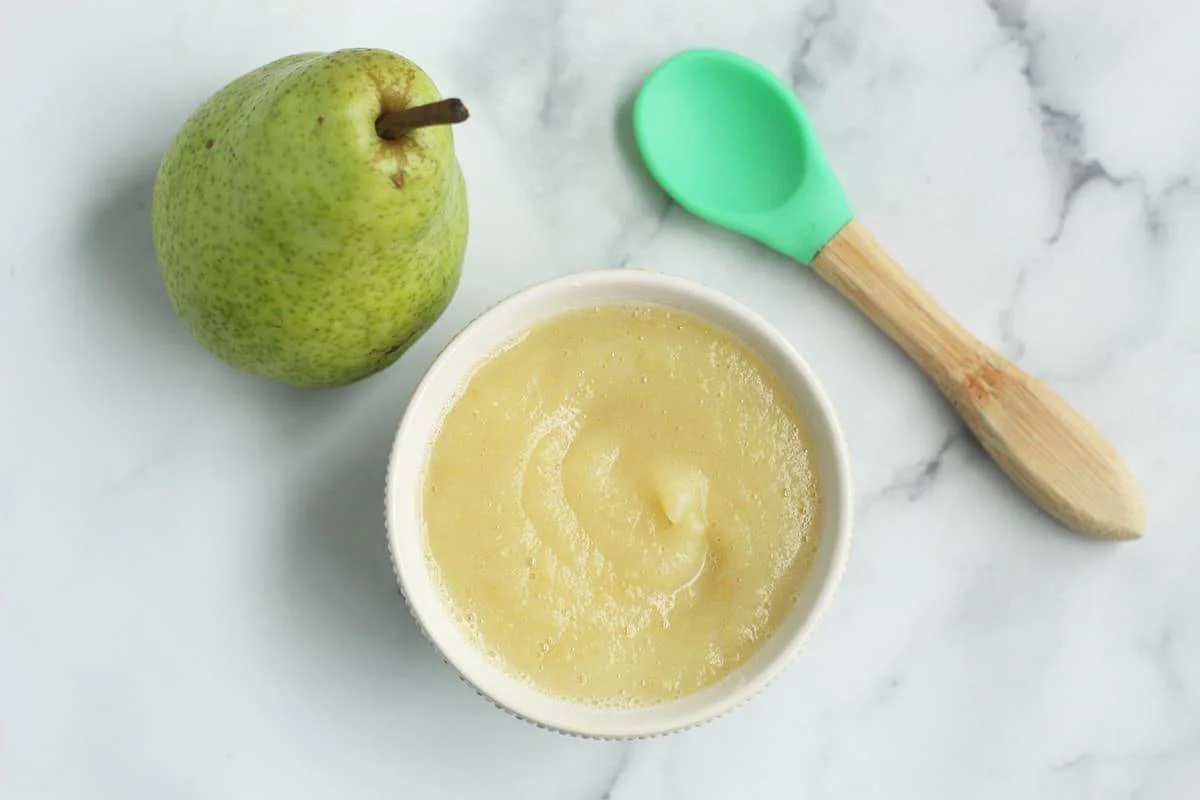Mastering the Art of Poaching an Egg in a Silicone Cup
There’s nothing quite like a perfectly poached egg to elevate your breakfast or brunch game. The soft, runny yolk nestled within a delicate, firm white is a thing of beauty, but achieving that level of perfection can be a daunting task for many home cooks. However, with the help of a simple kitchen tool – the silicone cup – you can easily master the art of poaching an egg to perfection.
Why Choose a Silicone Cup?
Using a silicone cup to poach an egg offers several advantages:
- Non-stick surface: The silicone material prevents the egg from sticking, making it easier to remove the poached egg intact.
- Easy cleanup: Silicone cups are dishwasher safe and can be easily cleaned by hand, saving you time and effort.
- Consistent shape: The cup helps the egg maintain a uniform shape as it poaches, resulting in a visually appealing final product.
Step-by-Step Guide to Poaching an Egg in a Silicone Cup
Follow these simple steps to poach an egg to perfection using a silicone cup:
- Prepare the silicone cup: Lightly coat the inside of the silicone cup with cooking spray or oil to prevent the egg from sticking.
- Crack the egg: Carefully crack a fresh egg into the silicone cup, ensuring that the yolk remains intact.
- Season the egg: Sprinkle a pinch of salt and black pepper over the egg to enhance its flavor.
- Set up the poaching water: Bring a pot of water to a gentle simmer. Avoid boiling the water, as this can cause the egg to break apart.
- Place the cup in the water: Gently lower the silicone cup into the simmering water, allowing the water to come about three-quarters of the way up the sides of the cup.
- Cover and cook: Cover the pot with a lid and let the egg poach for 4-5 minutes, or until the white is set but the yolk remains runny.
- Remove and serve: Carefully lift the silicone cup out of the water using a slotted spoon. Gently slide the poached egg out of the cup onto a plate, and it’s ready to be enjoyed!
Tips for Perfectly Poached Eggs
Here are a few additional tips to help you achieve the perfect poached egg every time:
- Use fresh eggs: Fresh eggs hold their shape better when poaching, resulting in a neater appearance.
- Don’t overcrowd the pot: If poaching multiple eggs, give each one plenty of space in the pot to prevent them from sticking together.
- Experiment with timing: The ideal poaching time can vary based on personal preference and the size of the egg, so don’t be afraid to adjust the timing to suit your taste.
- Trim any stray whites: If the poached egg has wispy, uneven edges, simply trim them with a knife for a cleaner presentation.
With these simple steps and tips, you can confidently poach an egg in a silicone cup like a seasoned pro. Whether you’re serving it atop a slice of toast, a bed of greens, or alongside other breakfast favorites, your perfectly poached egg is sure to impress!
For those eager to master the art of poaching an egg using silicone cups, there's a range of recipes to put that skill to delicious use. A classic choice is Classic Eggs Benedict, where a perfectly poached egg meets creamy hollandaise sauce atop an English muffin. If you're in the mood for something lighter, the Poached Egg and Spinach Salad is a refreshing option that balances the richness of the egg with vibrant greens. For a brunch twist, the Poached Egg and Smoked Salmon Bagel offers a delightful mix of textures and flavors. Vegetarians will love the Poached Egg and Asparagus, where the tender asparagus complements the soft egg beautifully. For a hearty meal, try the Poached Egg and Sweet Potato Hash, a dish that's as satisfying as it is nutritious. Each of these recipes showcases the versatility of a poached egg, making them well worth trying.

